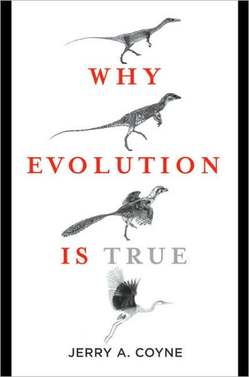An environment in which long-term hunches can be pursued, is important not just to science and invention. I speculate that it is also important to entrepreneurship.
(p. 74) If great ideas usually arrive in fragments, a partial cluster of neurons, then part of the secret to having great ideas lies in creating a working environment where those fragments are nurtured and sustained over time. This obviously poses some difficulty in modern work environments, with deadlines and quarterly reports and annual job reviews. (The typical middle manager doesn’t respond favorably to news that an employee has a hunch about something that probably won’t see results for twenty years.) But Priestley had created an environment for himself where those long-term hunches could thrive with almost no pressure, and his habit of simultaneously writing multiple documents (on multiple topics) kept the fragments alive in his mind over the decades. In the final pages of his memoirs, he mentions a lifelong habit of writing down “as soon as possible, every thing I wish not to forget.”
Source:
Johnson, Steven. The Invention of Air: A Story of Science, Faith, Revolution, and the Birth of America. New York: Riverhead Books, 2008.




